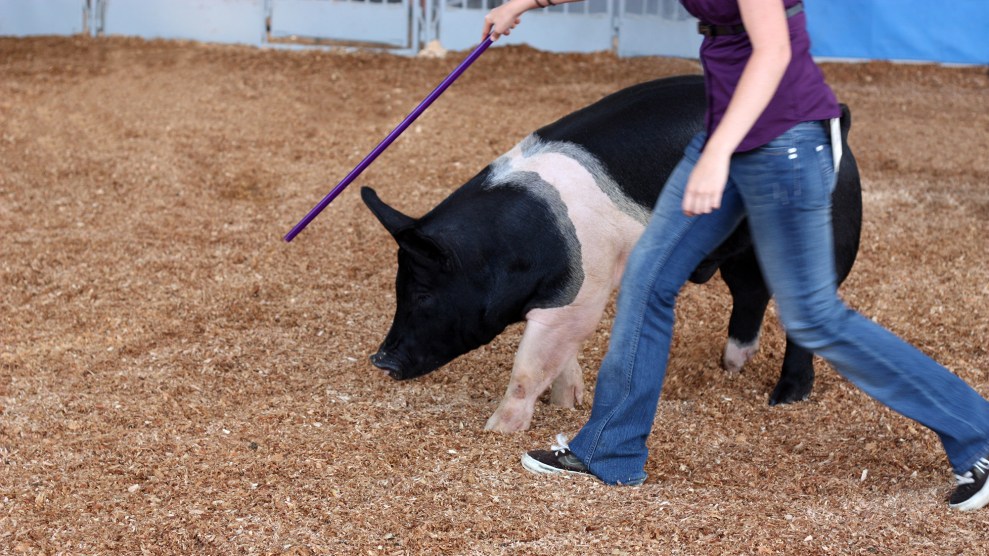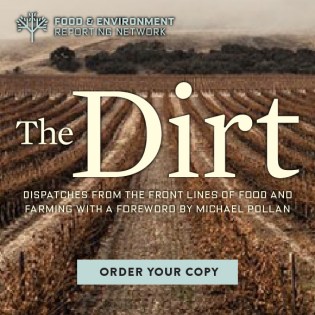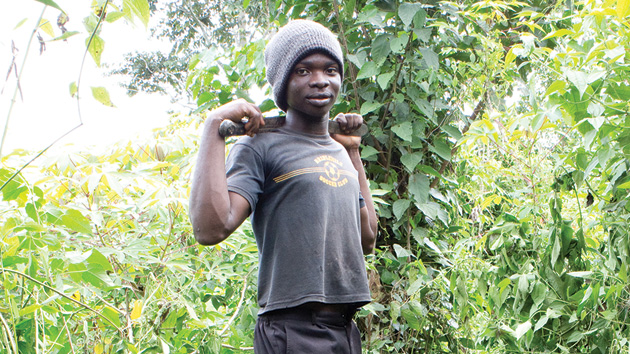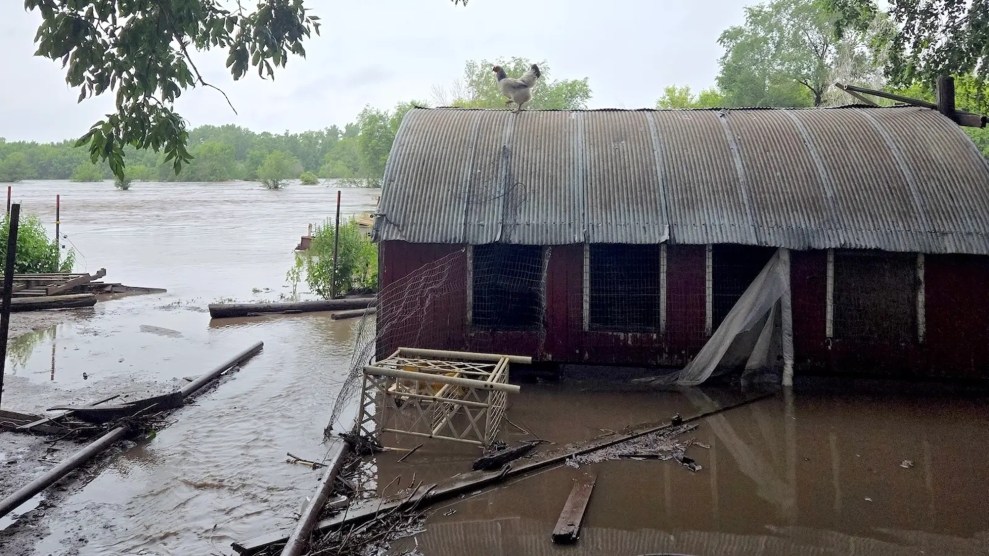
Woman training pig at the state fairziss/Getty
This story was originally published by Food and Environment Reporting Network.
The ways that farm kids and their families handle pigs at agricultural fairs put them at risk for novel flu viruses that are circulating among swine, and the close contact between children and show pigs could be a bridge that allows new flu strains to spread widely among humans.
That’s the warning in an analysis just released by the scientific journal Emerging Infectious Diseases, which is published by the Centers for Disease Control and Prevention. The risk can be reduced, the analysis says, but exhibitors and visitors need to take steps to protect themselves.

“We’re bringing animals and people from multiple, diverse backgrounds into close proximity to each other for a prolonged period of time—these shows can go on for a week or more,” said Dr. Andrew Bowman, an assistant professor at Ohio State University and the senior author on the study. “The analogy I use is kids in preschool: If one brings in something, by the end of a week they’ll all have it.”
In the summer of 2016, 18 kids and adults who were part of families that showed pigs came down with novel strains of flu after attending seven fairs in Ohio and Michigan. That was the latest outbreak in a slow wave that has been washing through state fairs since the summer of 2012, when 306 people caught swine flu from pigs at fairs; 16 were sick enough to be hospitalized and one person died.
“Swine flu” might be familiar; it was what people called the pandemic of 2009, when a new variant of flu that moved from pigs to people swept the world and made millions sick — only mildly so, fortunately, instead of the dire illness that killed millions of people in the “Spanish flu” pandemic of 1918.
Public-health planners worry whenever a new variant of flu jumps from animals to people, because human immune systems will have had little experience with the new strain, and thus no defenses against it. Flu is common in pigs, and passes freely among the huge herds held in confined pig-raising operations. According to unpublished data cited in the new study, the variant swine flu that has been infecting people since 2012 has been found in 46 percent of the U.S. commercial swine herd.
But because pigs in the United States are mostly raised in closed facilities operated by relatively few workers, there are only a few points where the vast commercial pig herd and the public have contact. Scientists recently found that the workforce at pig CAFOs represents one source of contact. State fairs—which are visited by 150 million people each year—are another.
To investigate the risk, Bowman and a group of researchers from the CDC, the USDA and the Ohio and Michigan state ag departments analyzed the genetic sequences of viral samples taken from pigs last year as part of a national swine-flu surveillance project. There are 101 fairs in the project, in which pigs being exhibited get their noses swabbed or wiped to check for the presence of flu viruses, and the group retrieved 161 samples from the seven fairs where the 18 people had fallen ill.
At every fair, between 60 percent and 90 percent of the pigs were carrying the variant flu virus that has been circulating between pigs and humans. But pigs had been reported sick at only two of the fairs. Pigs were carrying flu and passing it on without having any symptoms that would cause someone to notice.
Across both Ohio and Michigan, the flu viruses in the pigs were identical, and they were also identical to flu viruses retrieved from the 18 people who got sick last summer. The timelines of the viruses surfacing in the pigs and the human victims showed that the flu was migrating from pigs to people at the fairs, not the other way round.
Though no one intended it this way, the things that farm kids do with their fair animals — handling and keeping close to them, cleaning them and their pens as part of the preparation for the show — are exactly what makes the kids vulnerable to catching illness from their animals, and then passing those viruses on to their families. People who come through the fair barns, which allow much closer approaches to animals than a commercial farm would, might also be running undetected risks.

The CDC, along with the National Assembly of State Animal Health Officials and the National Association of State Public Health Veterinarians, has been trying for a while now to raise awareness of disease risks among people who exhibit at fairs. A guidance document issued by the two state-based organizations recommends a long list of things that fairs and families can do, from making sure barns and pens are disinfected in advance to vaccinating pigs—and humans—against flu before the fair season starts. Another precaution is to give pigs some downtime after a fair, effectively a home quarantine, before taking them to another fair.
“If one pig brings in influenza, by the end of the week we will have amplified it through the entire pig population” at a fair, Bowman said. “And if we have people in the middle of that amplification, we have created an environment that is conducive to zoonotic disease transmission.”

















